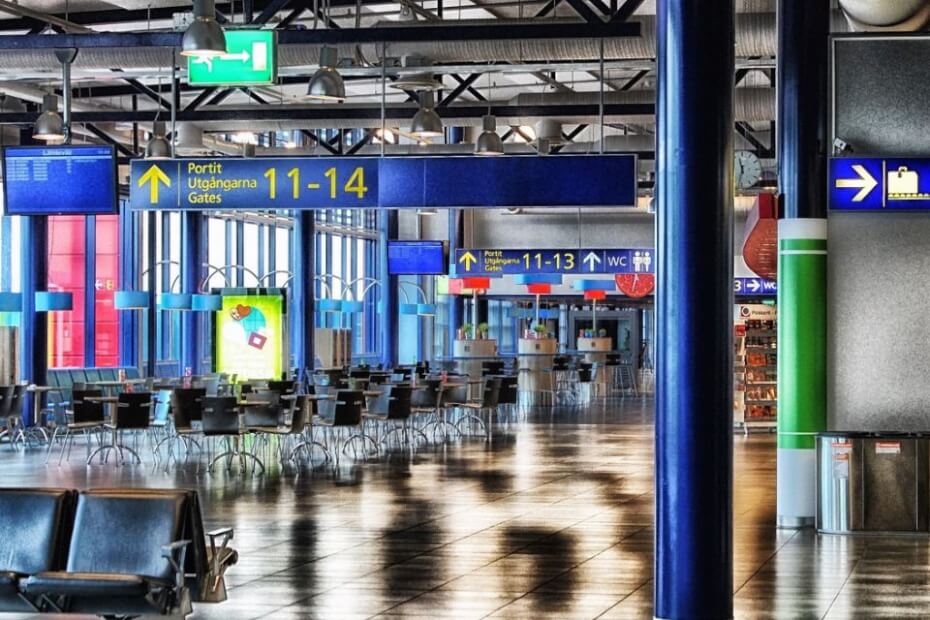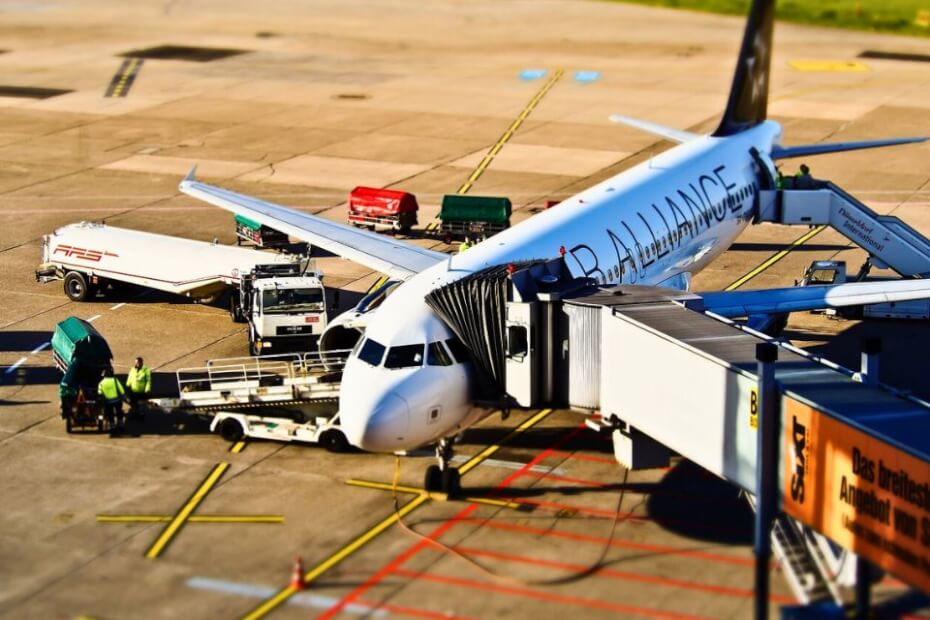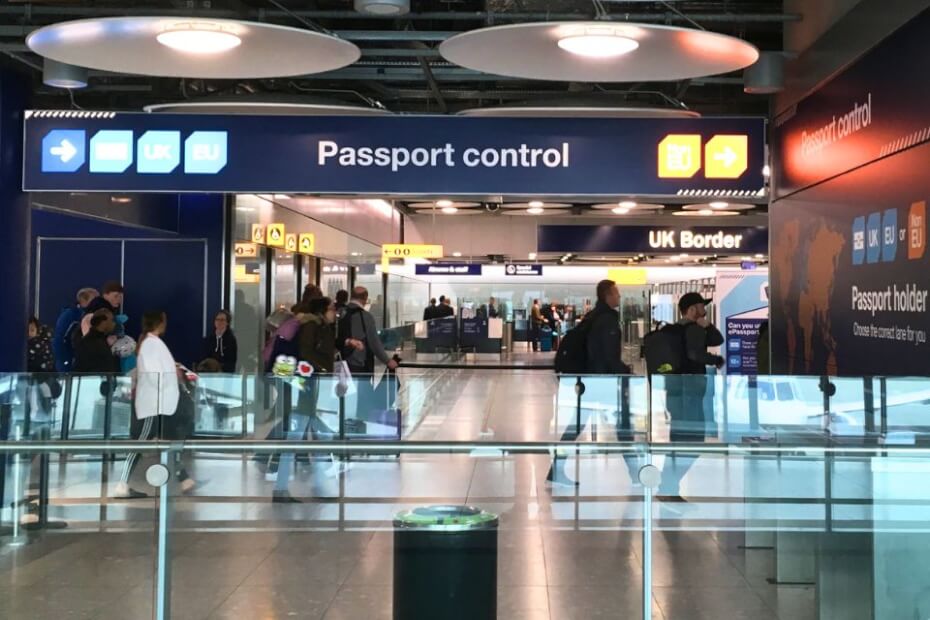
Many European airports are scrambling to prepare for the European Union’s (EU) new Entry/Exit System (EES).
The EU plans to launch its new automated border system on 6 October 2024.
The new system aims to enhance border security by electronically recording the entry and exit of non-EU nationals.
However, the complexity of implementing this system has left numerous border crossings unprepared.
Many of Europe’s airports are not ready for this change, causing travelers to worry about delays and problems.
According to The Telegraph, airlines are worried that numerous regional European airports may be unprepared for the EES.
The smaller airports in the EU have yet to install the equipment needed for the EES, such as fingerprint scanners and cameras.
This is a big concern for airports in popular vacation spots that many tourists visit.
British travelers, in particular, opt for regional airports when going on a holiday in the EU.
The International Air Transport Association (IATA), the airline industry’s global trade body, has called for “urgent and coordinated action” to get all airports ready by autumn.
What is the Entry/Exit System?
The EES is an automated system designed to register and store information about travelers from third countries.
This includes both short-stay visa holders and visa-exempt travelers, such as British citizens.
Instead of stamping passports, the system will electronically record personal details each time travelers cross an EU border.
To do this, affected travelers must register biometric data, including fingerprints and facial images.
Once the EES is operational, they must do this before an EU border officer the first time they travel to the Schengen Zone.
The system will store travelers’ biometric data for three years and refresh the storage period each time they visit the EU.
If travelers visit the EU after their data has expired, they must register biometric data with a border officer again.
European airports’ EES challenges

Airports and airlines are under pressure to meet the August 2024 readiness deadline set by the EU.
Failure to comply could lead to severe congestion and operational issues.
European airports are now working to upgrade their facilities and train staff to handle the new system.
Still, several factors contribute to smaller airports’ challenges in implementing the EES.
Integrating the EES into existing airport infrastructure is a significant technical and logistical challenge.
Airports must install new biometric scanning devices, update their IT systems, and train staff to manage the new procedures.
Many smaller airports also lack the space and resources to accommodate the new fingerprint and facial biometric scanners the system requires.
The unpreparedness of European airports could result in significant delays and confusion for travelers.
Travel industry experts fear implementing the EES could lead to bottlenecks and delays at border checkpoints.
EES anticipated delays, impact on tourism
Once the EES is implemented, travelers should expect longer wait times at EU borders.
These delays could even be more troublesome during peak hours and travel seasons.
Long lines and complicated processes at the border are more than just an inconvenience.
They could make tourists think twice about traveling to the EU, which could hurt tourism and the economy of many Member States.
A UK Department for Transport survey showed that 15 percent of people in England might travel less to Europe because of the new EES.
This potential decline in travel could impact the tourism industry across the EU.
Airlines and travel companies are also concerned about the potential impact on flight schedules and overall travel experience.
Travelers can only anticipate delays and arrive at the airports earlier than usual to allow extra time for the new checks.
Travel agents have been told the delays caused by the EES will persist for about a year after the ESS goes live.
UK-EU border crossings’ EES preparations

The UK government has conducted several inquiries on the potential impacts on its borders and ports.
It also found its UK-EU border crossings unprepared for the EES implementation, particularly those with juxtaposed controls.
The need for individual biometric checks means that group processing, which is common for vehicles carrying multiple passengers, will no longer be possible.
This change is expected to cause significant delays at busy border crossings like the Port of Dover and the Getlink‘s Channel Tunnel terminal in Folkestone, UK.
The limited space at the St. Pancras terminal also posed logistical and infrastructure issues.
Dover Port devised a separate lane and kiosks for coaches and regular lanes and tablers for passenger cars.
Port officials said border check times for EES registration will increase from 45 to 90 seconds to a few minutes or more per person.
Getlink and Eurostar, however, have pledged that there will be no delays or chaos at their UK-EU terminals.
Eurostar assured travelers that there will be enough kiosks for EES border checks, and ample space should there be a wait time.
Getlink had invested in a new covered drive-through bay and EES kiosks to prevent long queues and traffic jams.
Calls for further EES postponement
The unpreparedness of European airports has raised the prospect of the EES being delayed.
Both French officials and UK parliament committees have outright asked the EU to postpone the EES launch again.
Rafael Schvartzman of the IATA said there are still problems with the EES.
Additionally, the EES mobile app not being ready in time might mean the new system will not launch in October.
The lack of details released by the EU has also prompted doubts about the system’s launch in October.
Dover had reportedly stopped hiring new staff who were supposed to help travelers with EES registration.
This is primarily due to the uncertainty on when the EU’s new border check system will be implemented.
Dover Port’s Tim Reardon said they “don’t want to commit funding and find that the whole thing is delayed for a year.”
However, the EU has remained silent about posting the EES paunch beyond October 2024.
As the start date gets closer, travelers should stay informed about the new rules and prepare for possible delays.

